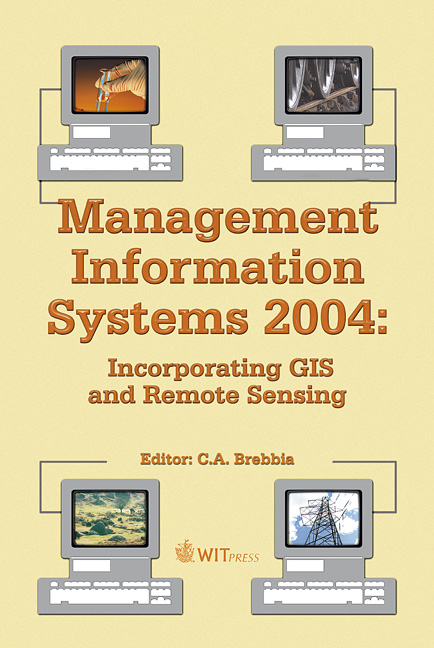Land Cover Classification Of QuickBird Multispectral Data With An Object-oriented Approach
Price
Free (open access)
Volume
32
Pages
10
Published
2004
Size
1,477 kb
Paper DOI
10.2495/MIS040131
Copyright
WIT Press
Author(s)
E. Tarantino
Abstract
Recent satellite technologies have produced new data as an alternative to aerial photographs. These Very High Resolution (VHR) data offer widely acceptable metric characteristics for cartographic updating and increase our ability to map land use in geometric detail and improve accuracy of local scale investigations. Even if it is possible to distinguish spatial entities obscured in the past by low resolution sensors, high spatial resolution involves a general increase of internal variability within land covers. Moreover, accuracy of results may decrease on a per-pixel basis. If the full potentiality of the new image data for urban land use mapping is to be realised, new inferential remote-sensing analysis tools need to be investigated. This study analyses a procedure of classification which aims to reduce negative impacts related to spectral ambiguity and spatial complexity of land cover classes of VHR imagery. In order to avoid such disadvantages, an objectoriented classification methodology on QuickBird multispectral data has been implemented on a peripheral area of Bari, in the region of Apulia (Italy). The analysis consists of two phases: multiresolution segmentation and nearest neighbour classification of the resulting image-objects. With this procedure the generated segments act as image objects whose physical and contextual characteristics can be described by means of fuzzy logic. Validity and limitations of such methodology for land cover classification is finally evaluated 1 Introduction The applications of data obtained from satellite platforms at 300 to 600 miles above the earth have remained limited for urban areas until now for a variety of
Keywords





